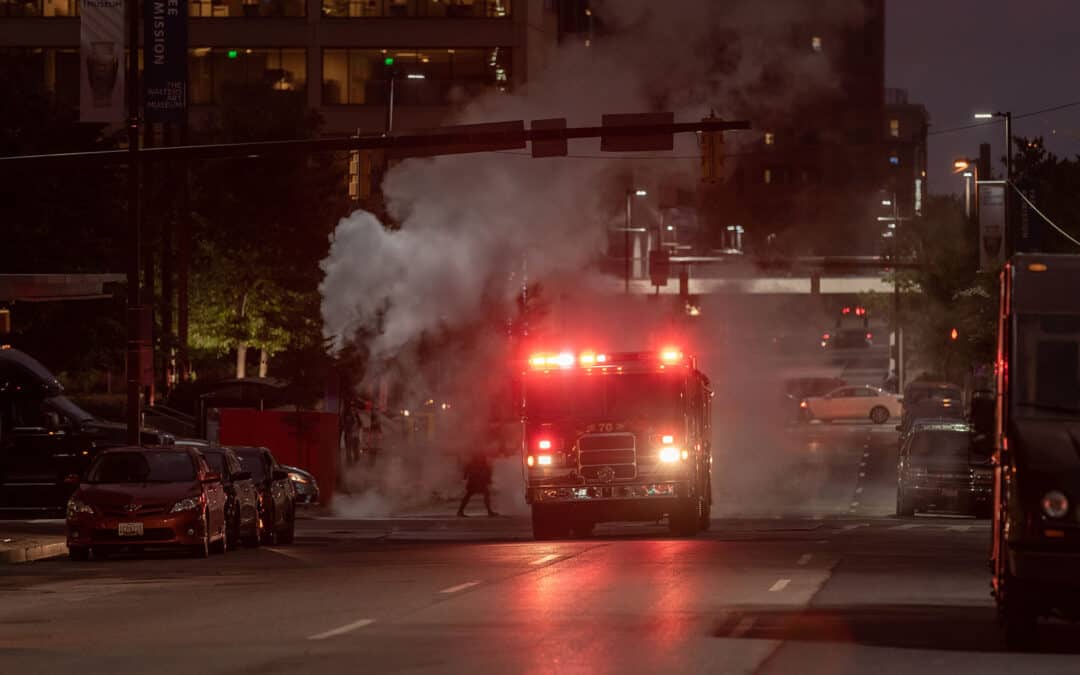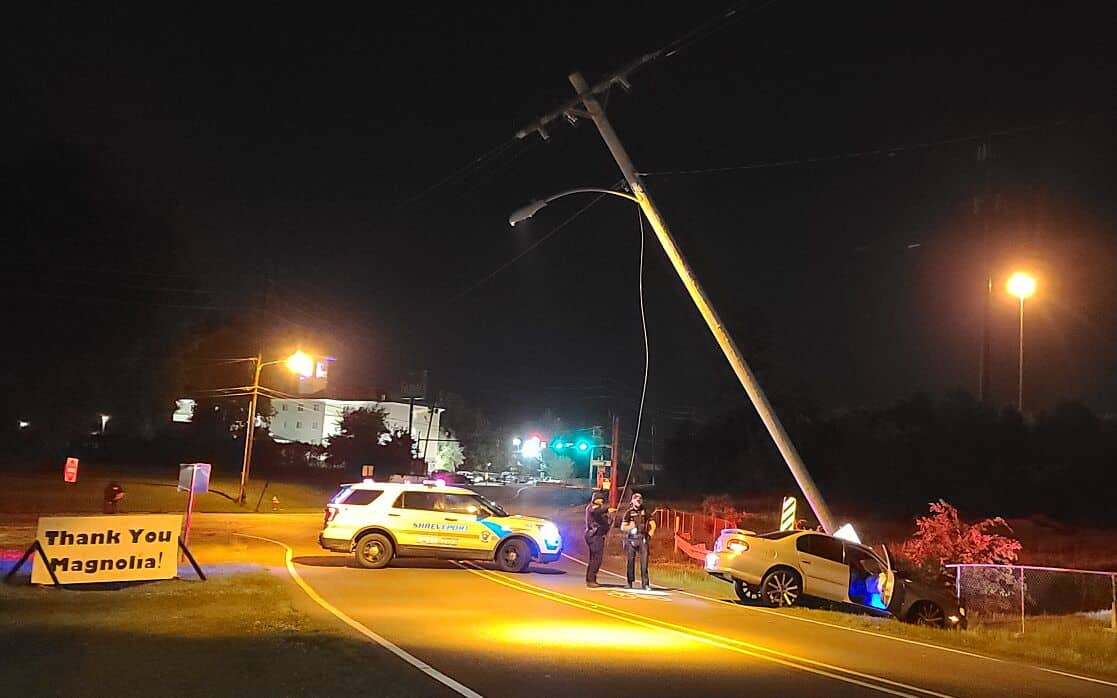Here’s how you and your team can avoid electrocution while on the scene of a car-hit-pole accident.

Check for both voltage and electrical current with your PVD device.
We (of course) recommend the COMPASS®, but use what you have available. Your PVD will help you identify safe zones for you and your team to navigate within to avoid electrical contact.

Once you have the energized source located, call the utility company.
Tell them in detail where the energized source is coming from so they can turn the power off. Utility companies don’t have the ability to quickly weave through traffic like First Responders, so it’s important to do this step as soon as possible to speed up the utility company’s arrival time.

Make sure you, your team, as well as any pedestrians, stay clear of the energized threat.
Use a non-aqueous fire retardant to extinguish any flames or sparks. Water is an electrical conductor, and adding it to any situation where there’s an energized source could exacerbate a problem and potentially energize the car that is on fire, as well as harm the occupants inside.

Verify power has been turned off with your PVD device.
Sometimes old or damaged equipment can still contain an electrical charge. Making contact with such things can cost someone their life. Once the utility company has arrived, and power is off, use your PVD device to double-check there hasn’t been some sort of malfunction with the wiring that would cause undue harm.

Proceed with caution.
If there is no electrical charge, proceed with caution, as you normally would, to rescue those that are in need of your help.
The main lessons that can be taken away from this are: always check where electricity could be coming from, and call the utility company to make sure the power is off. We’re in the business of saving lives and keeping people safe, just like you.
Keep yourself and others free from unnecessary harm… wear a Personal Voltage and Current Detector like the COMPASS®.
Views: 14


